It was time to see what all the fuss was about. Harman Phoenix 200, a brand-new colour film from the masters of B&W film at Ilford. Finally, a viable competitor in a market where Kodak has the only horse in the race after Fujifilm dropped out last year. Phoenix has been lauded and derided in equal parts for its coarse grain, high contrast, wild colours and unpredictability. Harman have said they are selling Phoenix to raise the funding to make more conventional film and pay the associated R&D costs, making it a limited release.
The Olympus Pen-D on the other hand is an exquisitely crafted and highly refined camera from the early 60s. Designed by the legendary Yoshihisa Maitani and his team, the Pen D represents the highest quality you could extract from a tiny, half-frame camera over 60 years ago.
You might think this an odd pairing, something so refined shooting with a film so experimental. However, for me Phoenix is all about the unpredictable results and charismatic texture. The Pen D allows you to shoot with a kind of reckless abandon, allowing for 72 shots per roll. The sharp 43mm equivalent lens easily resolves more detail than the film, emphasising the grain in each half-frame. You don’t have to worry about wasting film with unforeseen results and you are free to experiment.
Experiment I did. I shot directly into the sun and shadows, I shot dramatic sunsets and dynamic scenes. The knowledge that the film would struggle to give back any detail in shadows did nothing to deter me. I dared the film to surprise me with its unique take on how light and shadow interact. Phoenix did not disappoint.

Phoenix made the setting sun look like it had set the sky on fire. Any aspect of the image that could not match the brightness of the sky was instantly turned to an inky black. Silhouettes were strong, crisp and dark as could be. However, for every compelling and surrealist depiction of reality I captured there were several shots that were crushed, blown-out or soft. Neither the Phoenix nor the Pen D were easy to master.


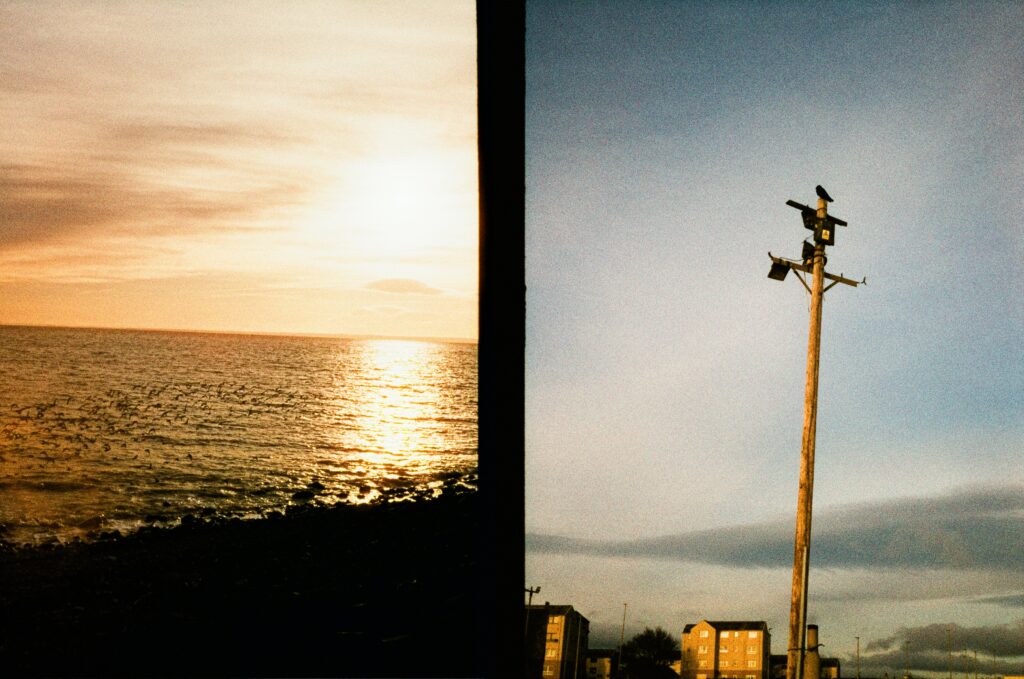
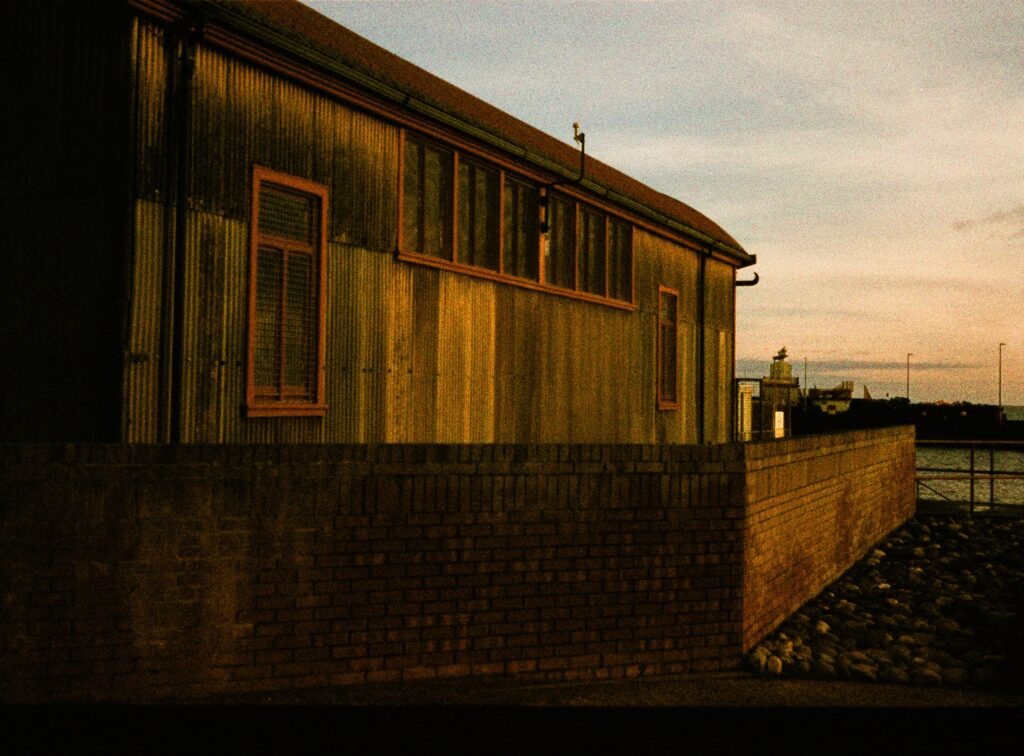
As much as I enjoyed shooting Phoenix it feels hard to recommend for most photographers. In direct sunlight most everything looks bright red, there is an odd glow around light sources, the level of detail is low. On the other hand, if you are willing to shoot playfully and be surprised I could not recommend it enough. Unlike much film photography, I would argue that you could not reproduce the results of Phoenix with any combination of shooting techniques and post processing. Hopefully we continue to see new film stocks that push creativity like this, alongside the desperately needed standard colour film.
Share this post:
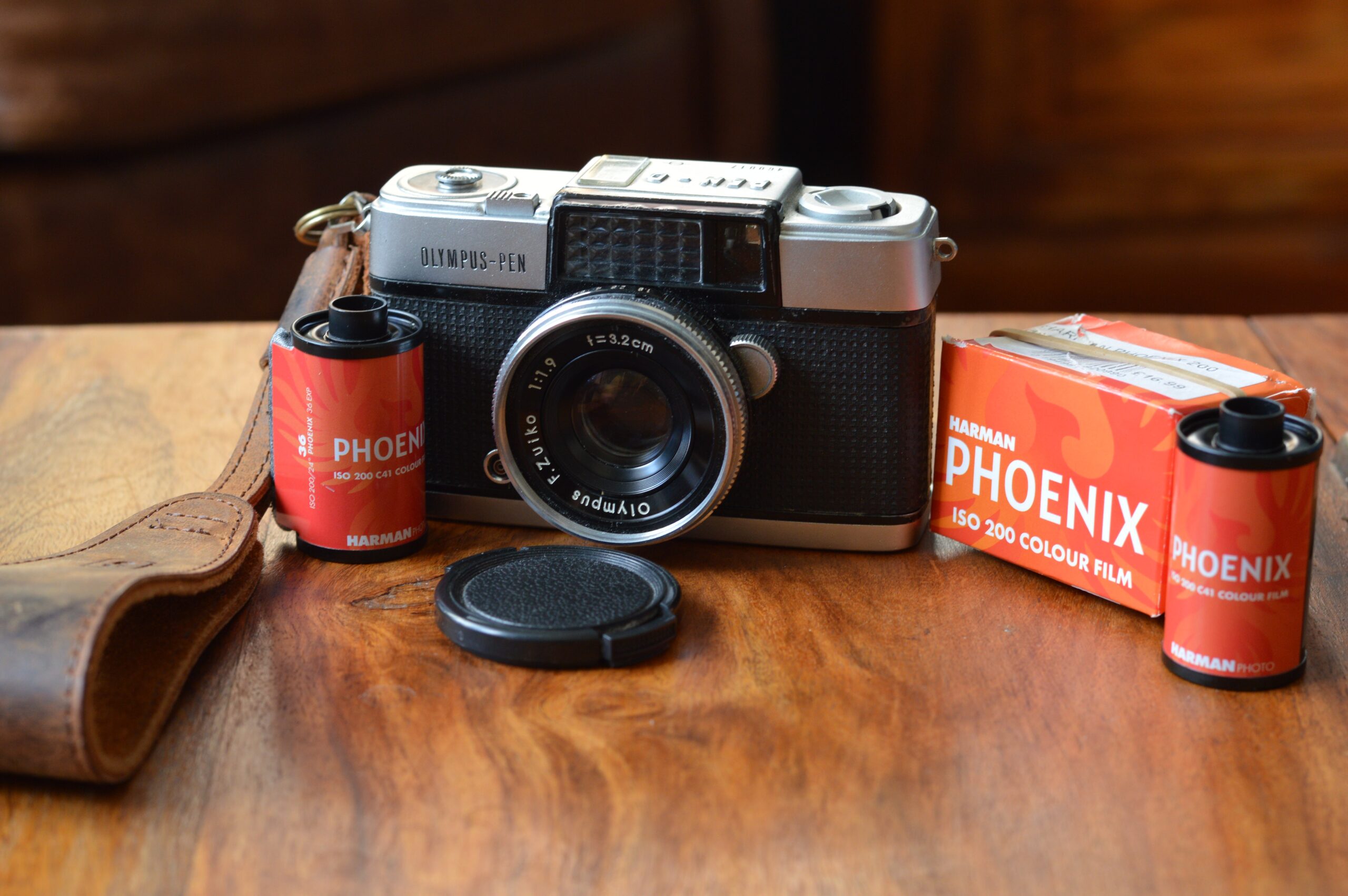
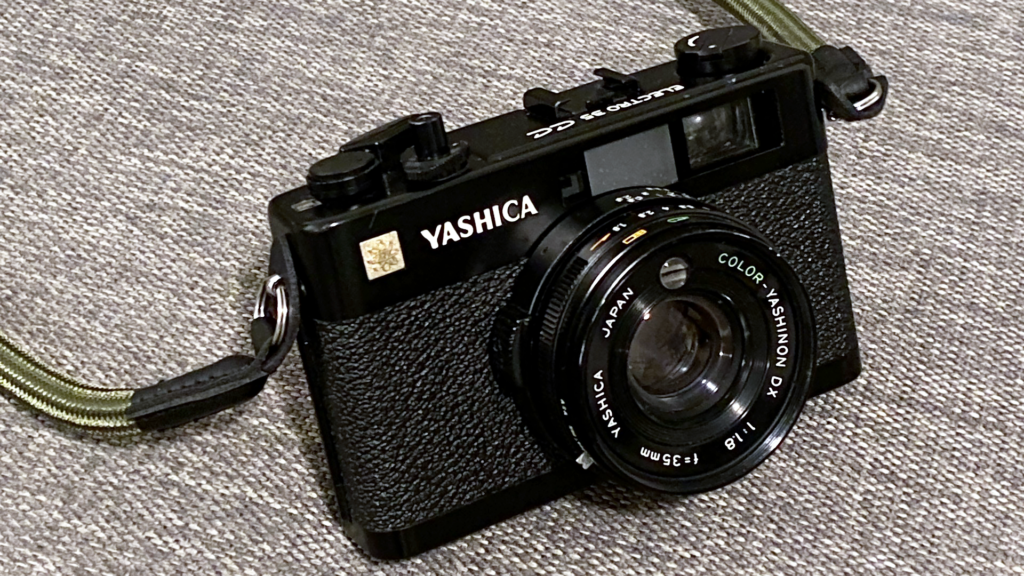
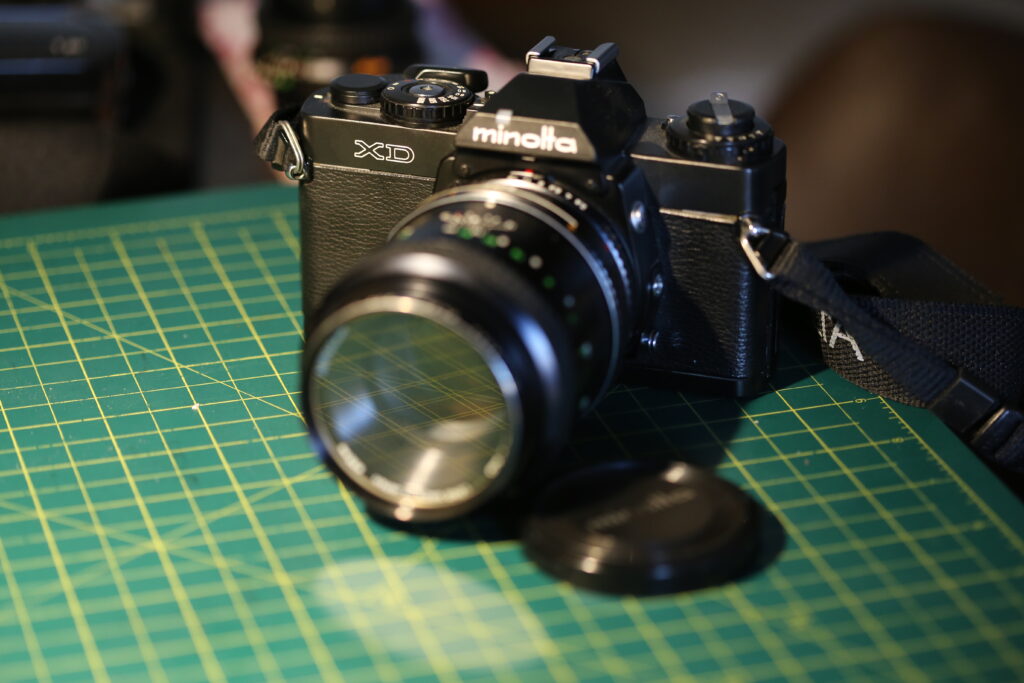
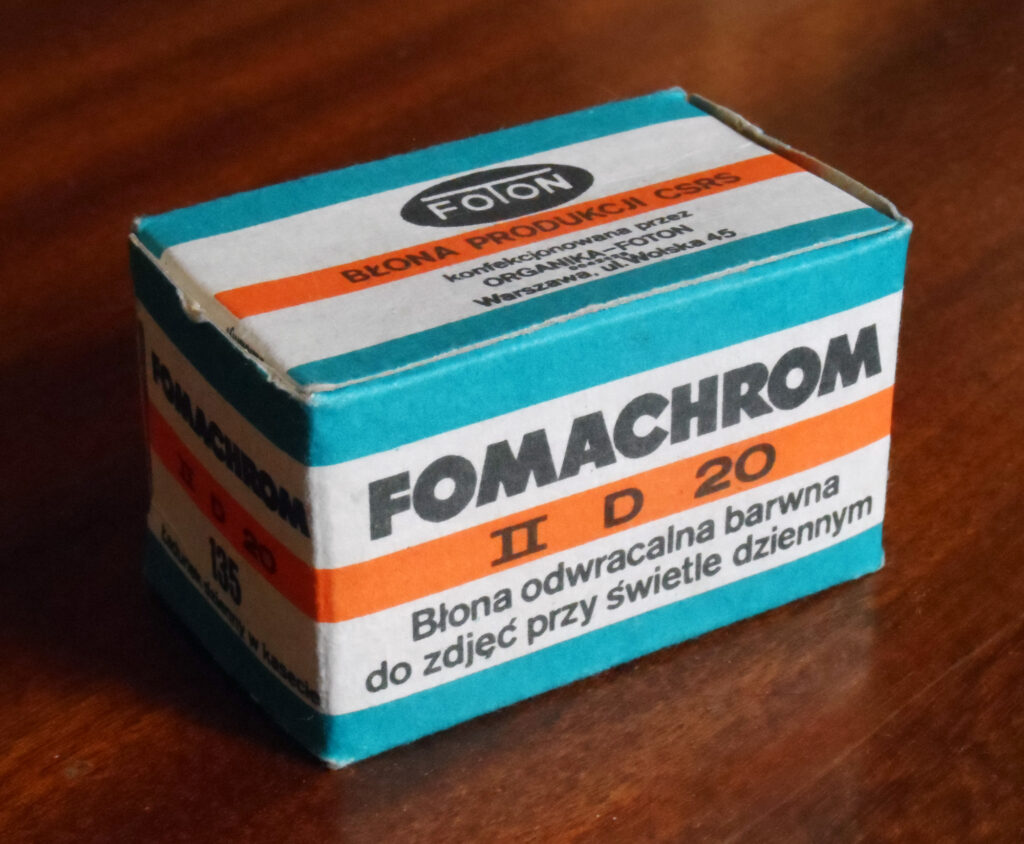
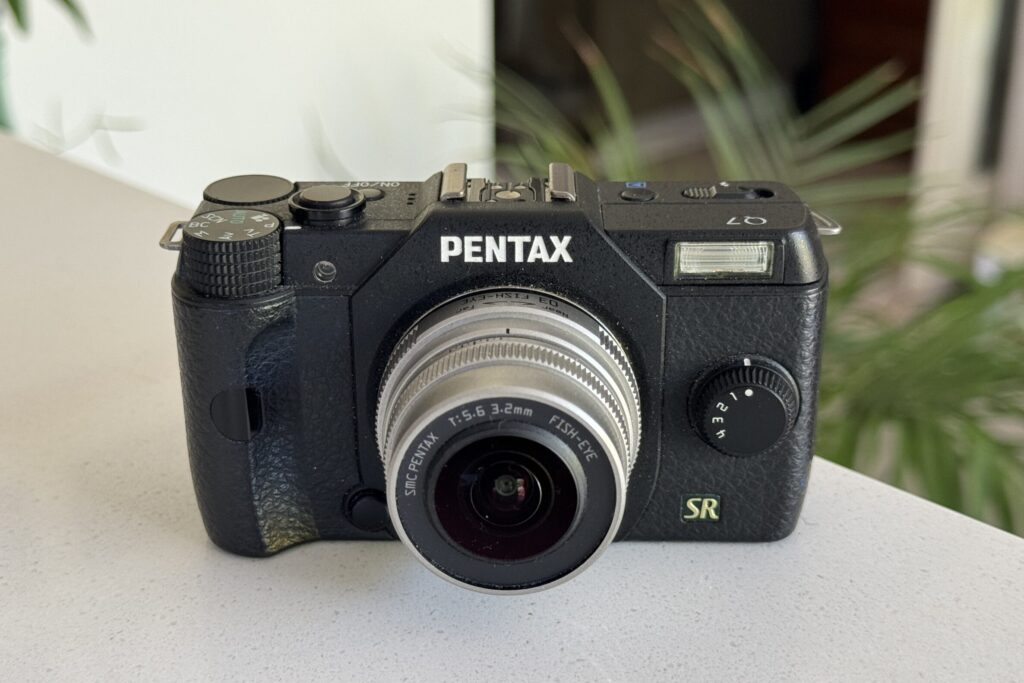





Comments
Peter Kay on 5 frames with Harman Phoenix 200 and Olympus Pen D – A match made in heaven
Comment posted: 25/04/2024
Comment posted: 25/04/2024
Comment posted: 25/04/2024
Ibraar Hussain on 5 frames with Harman Phoenix 200 and Olympus Pen D – A match made in heaven
Comment posted: 25/04/2024
Erik Brammer on 5 frames with Harman Phoenix 200 and Olympus Pen D – A match made in heaven
Comment posted: 25/04/2024
Thanks for sharing your story and images which are a reminder that I need to shoot my 2nd roll of Phoenix 200 (at EI 120 is what I do) should the sun ever decide to show up again.
Did my first roll in Fuerteventura in the first week of January, using a Rollei 35 which I had purchased from Jeremy Rata (I am very happy with this camera). Along travelled a Rollei 35 SE loaded with Acros II.
When I received the Phoenix negatives back from the lab, camera scanned them and then converted them to positive in FilmLab 3 beta, my jaw dropped, but not exactly in a positive sense. I am not blaming FilmLab for this at all as it’s still in beta, and Phoenix is so different from all the other colour negatives I have seen, how could I expect FilmLab o know what to do with them. FilmLab does do a great job for the usual suspects like Portra etc.
Reverted back to Capture One plus plus Analog Toolbox. It took a bit of fiddling o get a basic preset done, and then some finetuning per individual frame. But the result is so fantastic in my eyes that it’s absolutely worth it for me shooting more Phoenix.
I still have 4 more rolls to go, and I plan on ordering more, but also putting a couple of rolls in the freezer. Maybe those first edition rolls will become sought after treasures some day!?
Enjoy Phoenix!
Erik
Comment posted: 25/04/2024
Gary Smith on 5 frames with Harman Phoenix 200 and Olympus Pen D – A match made in heaven
Comment posted: 25/04/2024
Comment posted: 25/04/2024
Comment posted: 25/04/2024
Ian Ronketti on 5 frames with Harman Phoenix 200 and Olympus Pen D – A match made in heaven
Comment posted: 25/04/2024
Comment posted: 25/04/2024
Comment posted: 25/04/2024
Comment posted: 25/04/2024
Comment posted: 25/04/2024
Comment posted: 25/04/2024
James Evidon on 5 frames with Harman Phoenix 200 and Olympus Pen D – A match made in heaven
Comment posted: 25/04/2024
Comment posted: 25/04/2024
Comment posted: 25/04/2024
Paul Quellin on 5 frames with Harman Phoenix 200 and Olympus Pen D – A match made in heaven
Comment posted: 30/04/2024